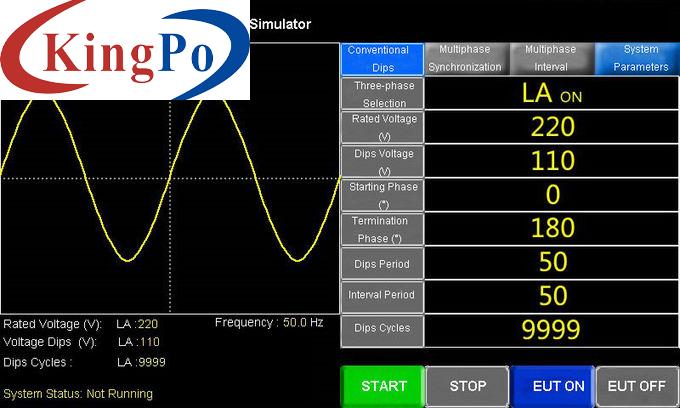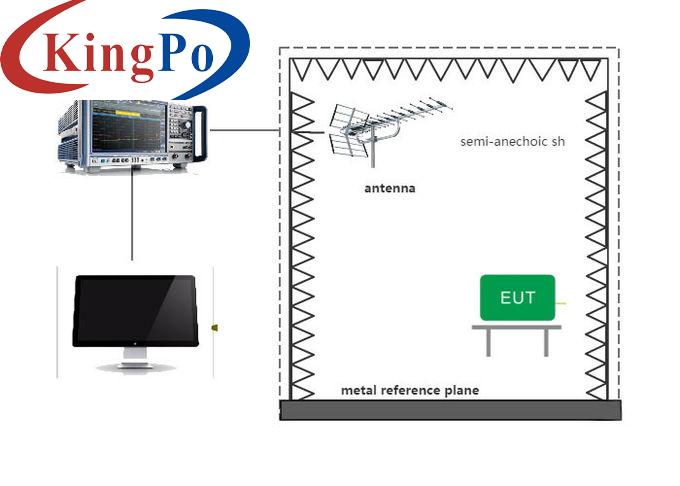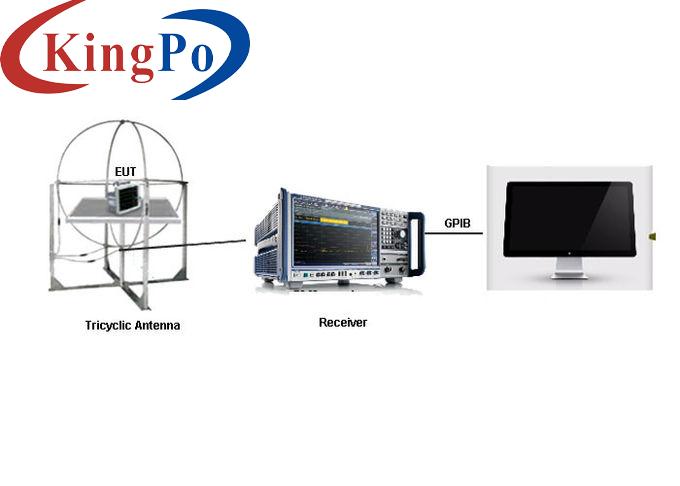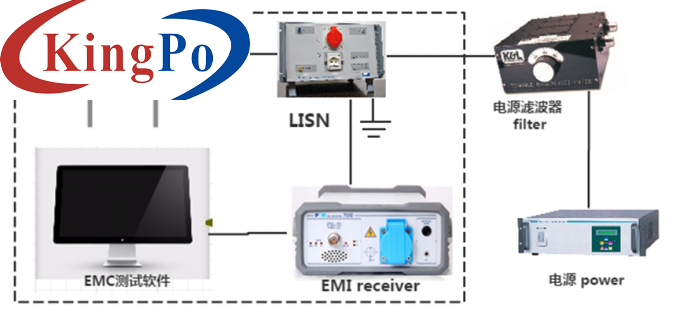Products
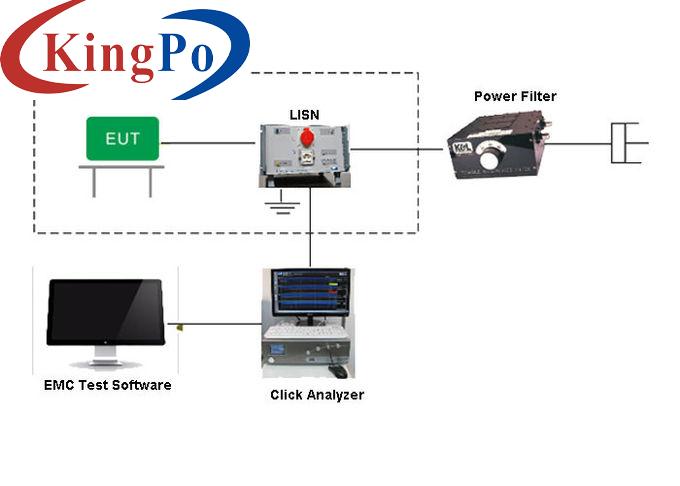
CISPR 11 EMC Test Equipment EMI Discontinuous Interference Intermittent Interference CLICK Test
Products Description
CISPR 11EMI Discontinuous Interference Intermittent interference CLICK Test System
Standards & Clauses:
CISPR11/ GB4824: Industrial, scientific and medical (ISM) radio-frequency equipment and similar equipment –Radio-frequency disturbance characteristics –Limits and methods of measurement
Samples and Restrictions:
Appliances, power tools, regulators using semiconductor devices, electromedical devices, diagnostic X-ray generators, electric toys, auto dischargers, and movie and ghost projectors, all with timed or programmed controls
Application:
The intermittent disturbance generated at the moment of switching is much larger than that in the normal operating conditions, is measured according to the standards of CISPR 14-1 and CISPR 11, the intermittent interference (also known as click) should be measured.
Test Principle:
CLICK refers to: An interference exceeding the allowable duration of continuous interference of not more than 200 ms and the latter interference of at least 200 ms from the previous interference. The two intervals relate to the level of continuous interference allowance. A click may contain several pulses.
Structure:
Main Test Equipment: Click sound analyzer (or receiver with click sound analysis), Manual Power Supply Network, EMC Test Software, etc.
Use Environment:
Power supply: 380V ± 10% 50 / 60Hz
Technical Parameters:
CISPR14-1/ GB4343.1: Electromagnetic compatibility. Requirements for household appliances, electric tools and similar apparatus -Part 1: Emission
Test environment: shielded room (not included in this system, optional, or customer should prepare it).
Ambient temperature: 5 °C ~ +40 °C, there should be no high concentration of dust, corrosive gas, flammable and explosive objects
Main Test Equipment
Click sound analyzer (or receiver with click sound analysis), Manual Power Supply Network, EMC Test Software, etc.
Test Environment
Electromagnetic shielded room
Frequency of Clicks
It is expressed by the click rate N (the number of clicks in 1 minute), which determines the degree of hazard of the click. The bigger the N, the closer the continuous interference, and the amplitude limit Lq should be equal to the limit L of continuous interference. The smaller the N, the smaller the damage, and the amplitude limit Lg should be relaxed.
Judging Criteria
Whether the click generated by the EUT is qualified should be determined according to the “upper quartile method”, hat is, if there is more than 1/4 of the click sound recorded during the observation time, which amplitude exceeds the click limit Lg, then the EUT is judged to be not qualified.
Schematic Diagram

